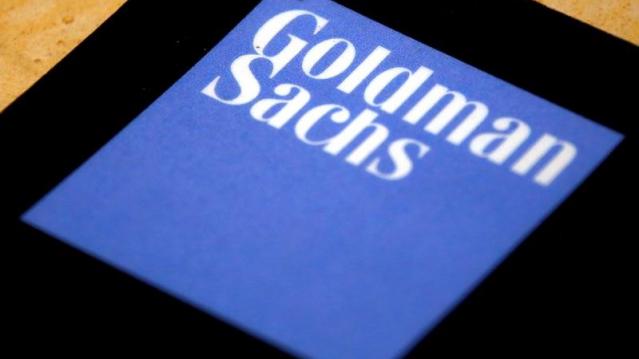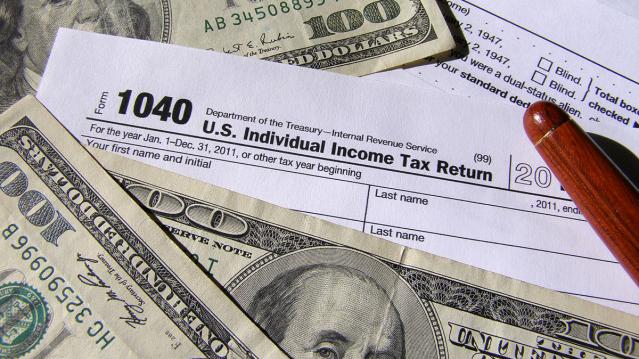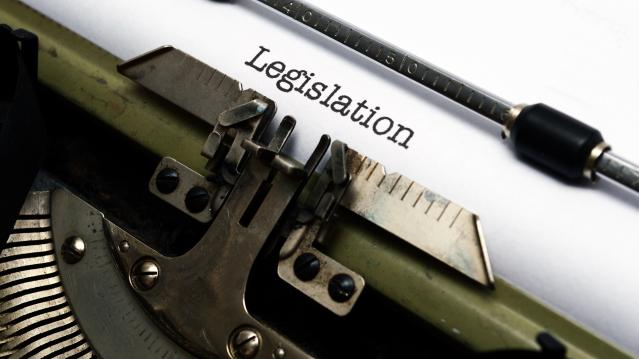Diamond Prices Are Falling, but Don’t Rush to Buy an Engagement Ring

Diamond prices are getting slashed, but that doesn’t mean you should run out to the jewelry store right now.
De Beers, the world’s largest producer and distributor of diamonds by value, is cutting diamond prices by as much as 9 percent, according to Bloomberg.
Diamond prices have already slumped over the past year as demand has fallen, partly as a result of the economic slowdown in China, the second-biggest market for the precious stones.
Related: Can Gold Regain Its Shine?
De Beers, which is a unit of mining giant Anglo American and controls one-third of the global diamond market, initially tried to stabilize prices by ramping down its production. It had started the year with a production goal of 34 million carats, but has twice slashed the goal to a current 29 million to 31 million carats.
That hasn’t been enough to counterbalance sagging demand, so De Beers says it will invest in a holiday marketing campaign in an attempt to boost consumer interest. The campaign will be focused in the U.S. and China, the world’s two leading diamond markets, and will primarily target men buying diamond jewelry gifts for their partners.
In other words, you can expect to see a whole lot of diamond commercials soon — and in an interview with The Fiscal Times, one diamond industry expert predicted that the industry’s struggles will lead at least some retailers to cut prices this holiday season.
Related: Putin’s Spokesman Wears a Golden Skull Watch Worth $620K
The De Beers price cuts probably won’t have much effect on prices at high-end jewelry retailers such as Tiffany’s, though. These stores only purchase gems from a limited number of producers and since the diamonds they use are higher in value, their prices aren’t as vulnerable to market pressures as less valuable stones.
But it never hurts to look, right?
Top Reads from The Fiscal Times:
- Why You Should Ignore the Stock Market Sell-Off
- The 10 Worst States for Property Taxes
- The Best Things to Charge on Your Credit Card
Goldman Sachs Says Corporate Tax Rate Cuts May Get Phased In

Despite the challenges the Republican tax overhaul faces, Goldman Sachs still puts the chances of a plan becoming law by early next year at about 65 percent — but its analysts see some substantial changes coming before that happens. “The proposed tax cut is more front-loaded than we have expected; official estimates suggest a tax cut of 0.75% of GDP in 2018. However, we expect the final version to have a smaller near-term effect as competing priorities lead tax-writers to phase in some cuts—particularly corporate rate cuts—over time,” Goldman said in a note to clients Sunday.
The Hidden Tax Bracket in the GOP Plan

Politico’s Danny Vinik: “Thanks to a quirky proposed surcharge, Americans who earn more than $1 million in taxable income would trigger an extra 6 percent tax on the next $200,000 they earn—a complicated change that effectively creates a new, unannounced tax bracket of 45.6 percent. … The new rate stems from a provision in the bill intended to help the government recover, from the very wealthy, some of the benefits that lower-income taxpayers enjoy. … After the first $1 million in taxable income, the government would impose a 6 percent surcharge on every dollar earned, until it made up for the tax benefits that the rich receive from the low tax rate on that first $45,000. That surcharge remains until the government has clawed back the full $12,420, which would occur at about $1.2 million in taxable income. At that point, the surcharge disappears and the top tax rate drops back to 39.6 percent.”
Vinik writes that the surcharge would have affected more than 400,000 tax filers in 2015, according to IRS data, and that it could raise more than $50 billion in revenue over a decade. At a Politico event Friday, House Ways and Means Chairman Kevin Brady said the surcharge, sometimes called a bubble rate, was included to try to drive more middle-class tax relief.
Read the Republican Tax Bill, Plus the Talking Points to Sell the Plan

House Republicans on Thursday released a 429-page draft of their "Tax Cuts and Jobs Act." Read the bill below, or scroll down for the House summary or a more digestible GOP list of highlights.
Another Analysis Finds GOP Tax Plan Would Balloon Deficits
A study by the University of Pennsylvania’s Wharton School, using the Penn Wharton Budget Model (PWBM), finds that three modeled versions of the plan would raise deficits by up to $3.5 trillion over 10 years and as much as $12.2 trillion by 2040. The lowest-cost plan modeled in the study — a version that would tax corporate income at 25 percent instead of the GOP’s proposed 20 percent and pass-through income at 28 percent instead of 25 percent, among a host of other assumptions and tweaks — would lose $1.5 trillion over 10 years, or $1 trillion after accounting for economic feedback effects. (The budget adopted by Republicans last week allows for up to $1.5 trillion to the added to the deficit.) The study also found that workers’ wages would increase by about 1.4 percent over a decade, far shy of the estimated benefits being claimed by the White House.
The Budget Vote May Depend on a SALT Deal
House GOP members concerned about the proposal to repeal the deduction for state and local taxes are supposed to meet with party leaders Wednesday evening. They’re reportedly looking to reach a compromise deal to keep the tax break in some form — and the budget vote might be at stake, Bloomberg reports: “House Republicans hold 239 seats and need 217 votes to adopt the budget — a critical step to passing tax changes without Democratic support. That means 23 defections could sink the budget resolution — assuming no absences or Democratic support.”
